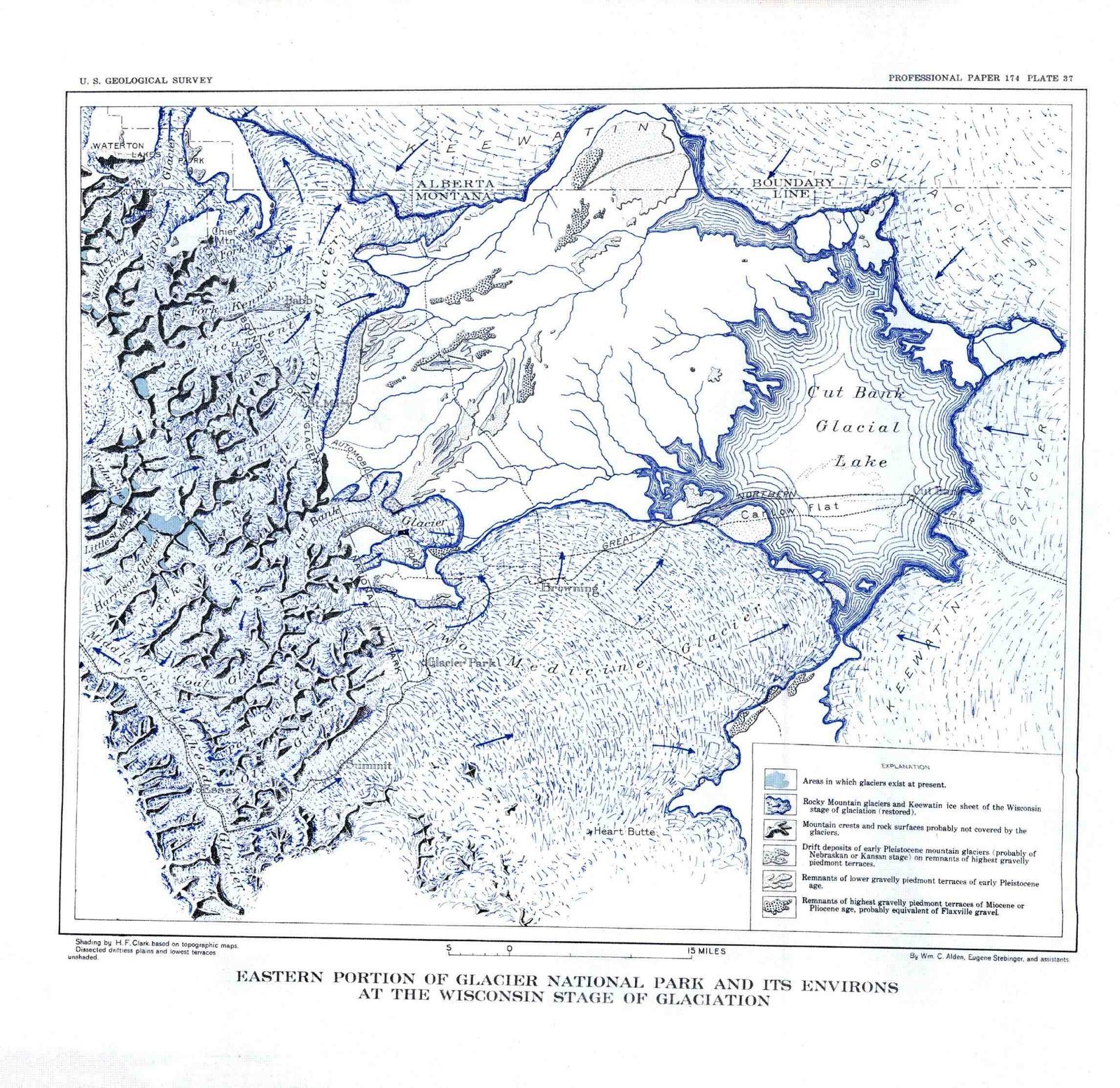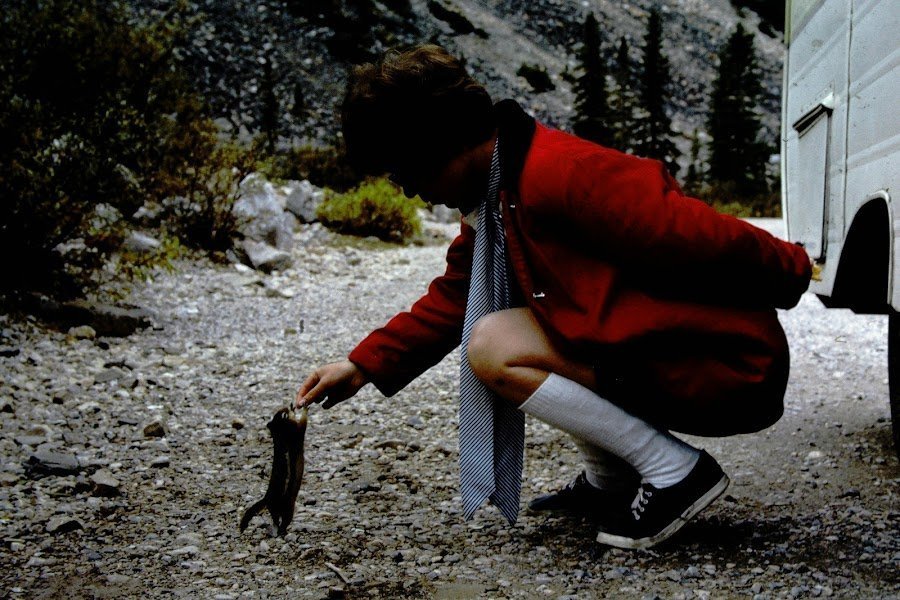Glacier National Park Biosphere Reserve is a unique ecological treasure located at the crossroads of several biological communities. This UNESCO-designated site encompasses diverse ecosystems, from alpine tundras to subalpine forests, hosting over 1,000 plant species and 260 bird species. The park’s complex topography and wide elevation range support a rich tapestry of life, making it one of the few places where all native carnivores coexist unassisted. As climate change threatens this delicate balance, conservation efforts are crucial to preserve its extraordinary biodiversity.
What Makes Glacier National Park Biosphere Reserve Unique?

Glacier National Park Biosphere Reserve stands out due to its exceptional biodiversity and ecological significance. Here are some key features that make it unique:
- Diverse Ecosystems: The park hosts a variety of ecosystems, including alpine tundras, subalpine forests, and montane forests.
- Rich Biodiversity: Home to over 1,000 vascular plant species and 260 bird species.
- Geological Diversity: Features glacial lakes, cirques, and moraines.
- Native Carnivore Habitat: One of the few places where all native carnivores live unassisted.
- Climate Change Indicator: Rapid glacial retreat serves as a visible indicator of climate change impacts.
How Does the Park’s Location Contribute to Its Biodiversity?

The unique location of Glacier National Park Biosphere Reserve plays a crucial role in its exceptional biodiversity:
- Biological Crossroads: Situated at the intersection of northern Canadian, Pacific Coast, and prairie biological communities.
- Elevation Range: Approximately 2,000 meters of elevation change creates diverse habitats.
- Complex Topography: Varied terrain supports a wide range of ecosystems.
- Microclimates: Different elevations and exposures create numerous microclimates.
- Geographical Isolation: Helps maintain unique species assemblages.
What Are the Key Ecosystems Within the Park?
Glacier National Park Biosphere Reserve encompasses several distinct ecosystems:
- Alpine Tundra
- Location: Highest elevations
- Characteristics: Harsh climate, short growing season
-
Key Species: Alpine forget-me-not, mountain goat
-
Subalpine Forest
- Location: Mid to high elevations
- Characteristics: Coniferous trees, deep snow cover
-
Key Species: Whitebark pine, Clark’s nutcracker
-
Montane Forest
- Location: Lower to mid elevations
- Characteristics: Mixed coniferous and deciduous trees
-
Key Species: Western larch, grizzly bear
-
Valley Bottom
- Location: Lowest elevations
- Characteristics: Rivers, wetlands, meadows
- Key Species: Cottonwood trees, beaver
How Are Species Interdependent in the Park’s Ecosystems?
The ecosystems within Glacier National Park Biosphere Reserve exhibit complex interdependencies:
- Predator-Prey Relationships:
- Native carnivores influence prey populations
-
Prey populations affect vegetation distribution and density
-
Plant-Animal Interactions:
- Pollinators support plant reproduction
-
Seed dispersers aid in plant distribution
-
Aquatic-Terrestrial Connections:
- Macroinvertebrates and diatoms indicate stream health
-
Riparian vegetation supports aquatic ecosystems
-
Nutrient Cycling:
- Decomposers break down organic matter
-
Plants and animals contribute to soil fertility
-
Keystone Species:
- Beavers modify habitats, creating wetlands
- Whitebark pine provides food for various species
What Conservation Efforts Are Underway in the Park?
Several conservation programs are active in Glacier National Park Biosphere Reserve:
- Crown of the Continent Research Learning Center’s Citizen Science Program
- Focus: Identifying, observing, and recording data on key species
-
Target Species: Mountain goats, pikas, loons, invasive plants
-
Stream Ecological Integrity Monitoring
- Method: Bioassessment using macroinvertebrates and diatoms
-
Purpose: Evaluate stream health and ecosystem balance
-
Invasive Plant Management
- Approach: Monitoring and controlling the spread of non-native plants
-
Goal: Preserve native plant communities
-
Wildlife Population Studies
- Species: Common Loon, grizzly bear, wolverine
-
Objectives: Understand population trends and nesting success
-
Climate Change Research
- Focus: Monitoring glacial retreat and its impacts
- Collaboration: NPS Climate Change Response Program
How Is Climate Change Impacting the Park?
Climate change is significantly affecting Glacier National Park Biosphere Reserve:
- Glacial Retreat
- Rate: Rapid and accelerating
-
Projection: Many glaciers may disappear by 2030
-
Temperature Increase
- Trend: Warming temperatures across all seasons
-
Impact: Altering habitats and species distributions
-
Hydrological Changes
- Effect: Changes in stream flow and temperature
-
Consequence: Impacts on aquatic ecosystems and water-dependent species
-
Vegetation Shifts
- Observation: Tree line moving to higher elevations
-
Result: Changing habitat availability for alpine species
-
Wildlife Behavior Changes
- Examples: Altered migration patterns, hibernation schedules
- Concern: Potential mismatches between species and their food sources
What Can Visitors Do to Support Conservation in the Park?
Visitors can contribute to conservation efforts in Glacier National Park Biosphere Reserve:
- Participate in Citizen Science Programs
- Join organized data collection activities
-
Report wildlife sightings to park staff
-
Practice Leave No Trace Principles
- Minimize impact on the environment
-
Properly dispose of waste
-
Stay on Designated Trails
- Protect sensitive vegetation and habitats
-
Reduce erosion and habitat fragmentation
-
Support Park Partners
- Donate to organizations like the Glacier National Park Fund
-
Purchase from park-approved vendors
-
Educate Others
- Share knowledge about the park’s ecosystems
- Promote responsible tourism practices
By understanding and appreciating the unique features of Glacier National Park Biosphere Reserve, visitors and researchers alike can contribute to its preservation. The park’s diverse ecosystems, rich biodiversity, and ongoing conservation efforts make it a living laboratory for studying climate change impacts and biodiversity conservation. As we face the challenges of a changing climate, the lessons learned from this extraordinary biosphere reserve will be invaluable in shaping future conservation strategies.
References:
1. https://www.nps.gov/glac/learn/education/biodiversity.htm
2. https://npshistory.com/publications/glac/nrr-2024-2631.pdf
3. https://www.nps.gov/im/romn/glac.htm